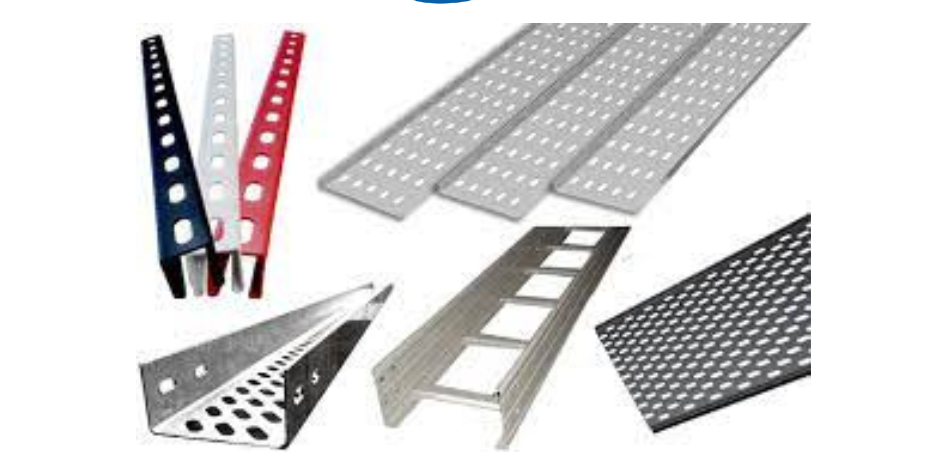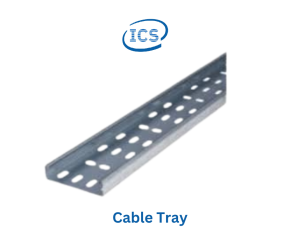The Importance of Quality Cable Management in Modern Infrastructure
Efficient cable management is vital in today’s interconnected world. Quality cable management ensures reliability, reduces maintenance costs, and promotes safety across modern infrastructure systems. Discover how strategic cable organization transforms functionality, streamlines workflows, and supports long-term efficiency in diverse applications.
The Importance of Quality Cable Management in Modern Infrastructure
Modern infrastructure relies heavily on seamless connectivity, and cables form the backbone of this system. From office buildings to data centers, healthcare facilities, and industrial complexes, quality cable management is integral to ensuring operational efficiency and safety. Poorly managed cables lead to network failures, higher maintenance costs, and potential safety hazards. By implementing robust cable management solutions, businesses can future-proof their operations and enhance overall productivity.
Key Benefits of Quality Cable Management
- Enhanced Safety: Properly organized cables minimize the risk of tripping hazards, electrical fires, and short circuits, creating a safer environment.
- Improved Performance: Well-managed cables reduce signal interference and enhance the efficiency of connected devices.
- Cost Efficiency: Organized systems simplify troubleshooting and maintenance, saving time and reducing expenses.
- Aesthetic Appeal: Neat cable arrangements contribute to a professional and visually pleasing workspace.
- Scalability: Quality cable management systems facilitate easier upgrades and expansion.
Common Challenges in Cable Management
- Overcrowding: Limited space can lead to tangled and congested cables.
- Heat Management: Cables improperly grouped or stored can overheat, risking damage.
- Labeling Issues: Unlabeled cables make identification and troubleshooting difficult.
Effective Solutions for Quality Cable Management
- Cable Trays and Conduits: These solutions keep cables organized and accessible while preventing tangles.
- Raised Flooring: Ideal for data centers, raised flooring provides hidden pathways for efficient cable routing.
- Color Coding and Labeling: Using color codes and labels ensures cables are easily identifiable.
- Cable Ties and Clips: These tools secure loose cables, preventing clutter.
- Regular Maintenance Checks: Periodic inspections ensure systems remain efficient and safe.
Investing in quality cable management offers tangible benefits across various industries. By prioritizing this critical aspect of modern infrastructure, businesses can achieve operational excellence and maintain a competitive edge in an ever-evolving landscape.
Specifications Table
| Feature | Description |
|---|---|
| Material | High-quality, durable materials |
| Compatibility | Suitable for various cable types |
| Fire Resistance | Meets industry safety standards |
| Heat Resistance | Protects cables from overheating |
| Flexibility | Adaptable to different infrastructure layouts |
| Load Capacity | Supports high-density cabling |
| Installation Ease | Quick and user-friendly setup |
| Maintenance Requirements | Minimal maintenance needed |
| Labeling Support | Integrated labeling options |
| Aesthetic Design | Professional and sleek appearance |
| Cable Protection | Prevents physical and environmental damage |
| Expandability | Easy to upgrade and scale |
| Cost Effectiveness | Long-term savings on repairs and replacements |
| Industry Compliance | Adheres to international standards |
| Warranty | Comprehensive warranty coverage |
5 Product FAQs with Answers
1. Why is cable management important in modern infrastructure?
Efficient cable management ensures safety, enhances system reliability, and simplifies maintenance, making it essential for today’s interconnected systems.
2. Can cable management solutions be customized for unique layouts?
Yes, modern cable management systems are highly adaptable to various layouts and specific industry needs.
3. How does poor cable management impact system performance?
It leads to signal interference, overheating, and increased maintenance costs, negatively affecting overall efficiency.
4. Are there eco-friendly cable management options?
Yes, many systems use recyclable materials and energy-efficient designs to minimize environmental impact.
5. What industries benefit most from quality cable management?
Healthcare, IT, manufacturing, and telecommunications are just a few industries that see significant advantages.
Why Choose “The Importance of Quality Cable Management in Modern Infrastructure”
- Unmatched Reliability: Reduce downtime and enhance system performance.
- Future-Proof Solutions: Scale and adapt easily to evolving needs.
- Professional Appeal: Create an organized and polished environment.
- Safety Assured: Minimize hazards and protect valuable infrastructure.
- Cost Savings: Cut down on repair and maintenance expenses over time.
Pros and Cons Table
| Pros | Cons |
| Enhances safety and reduces hazards | Initial setup costs may be high |
| Simplifies maintenance and troubleshooting | Requires regular upkeep to remain effective |
| Improves system performance and efficiency | May require specialized installation |
| Supports scalability and upgrades | Potential for limited compatibility with old systems |
| Offers a professional and clean appearance | Overcrowding can occur without proper planning |
|
|
|
|



